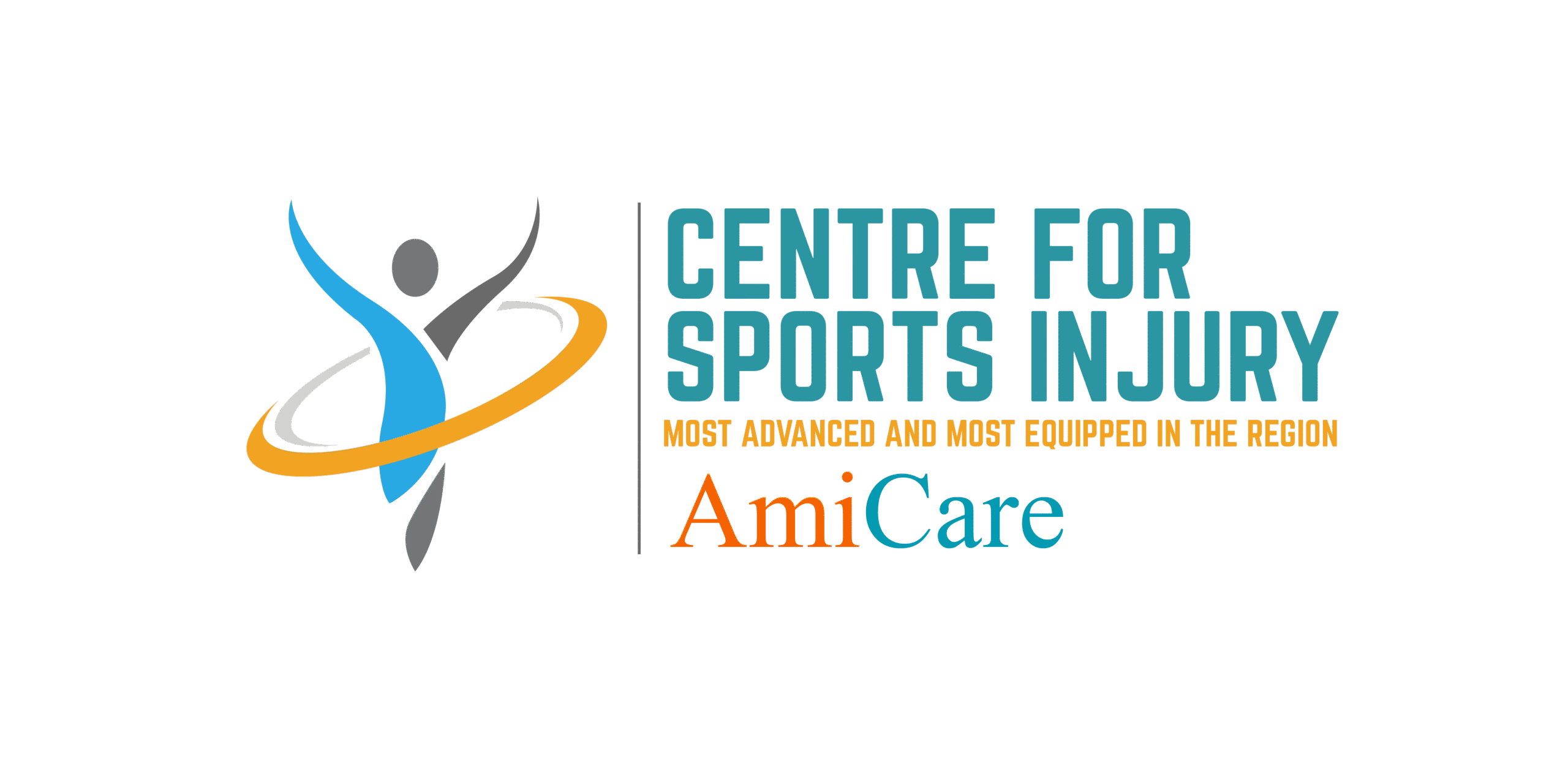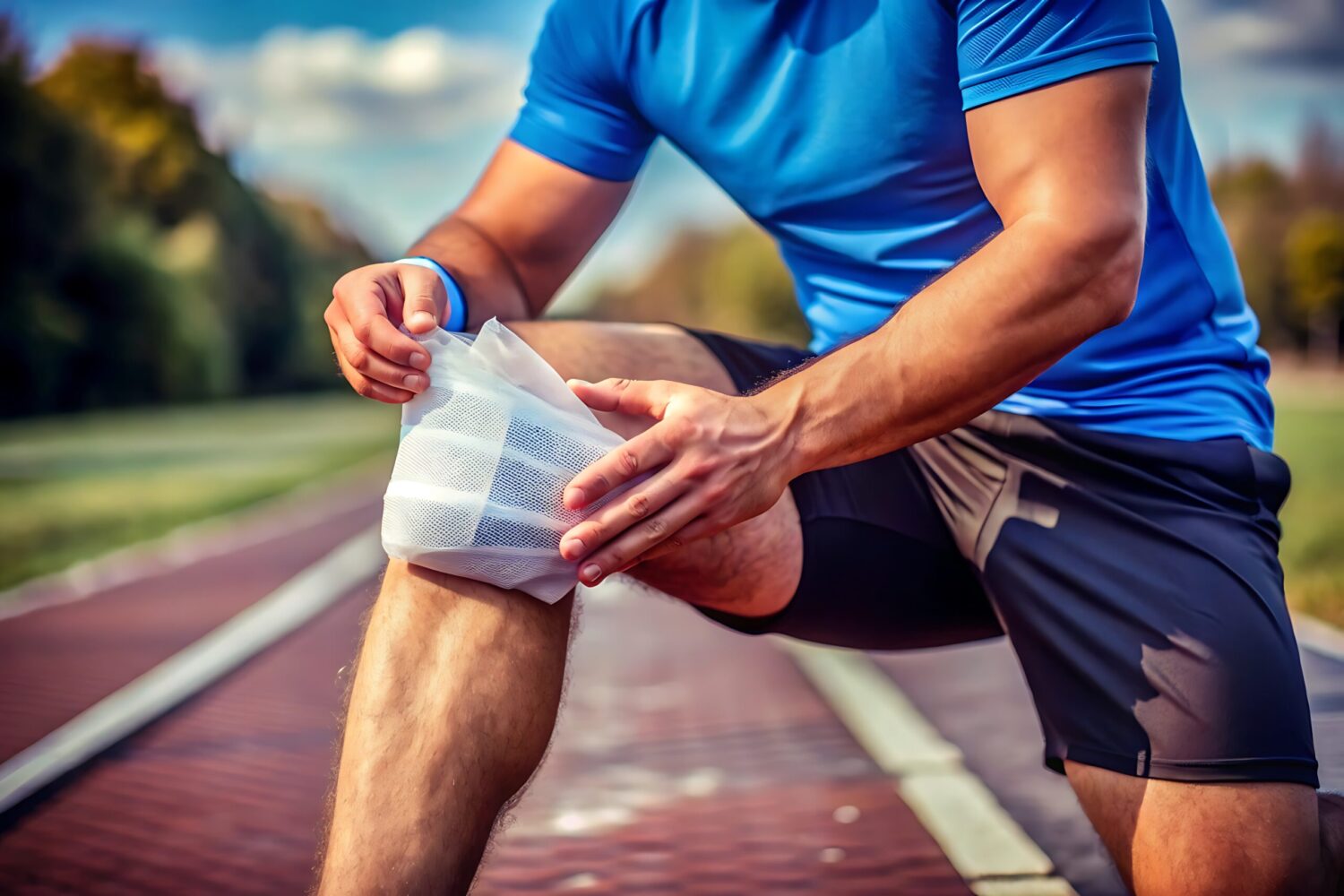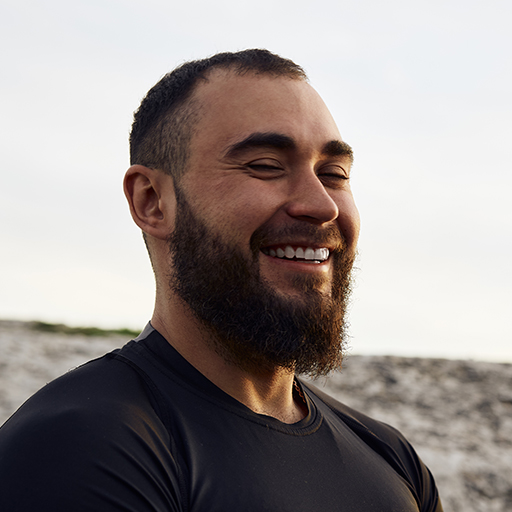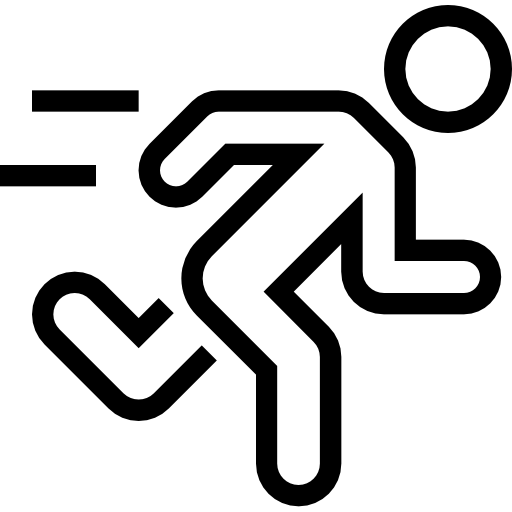Elbow Ligament Injuries Treatment
Best Elbow ligament injury treatment
At Amicare, Ghaziabad’s trusted name in sports medicine, we offer advanced elbow ligament injury treatment designed specifically for athletes and sportspersons. Our expert surgical interventions help restore strength, mobility, and confidence—getting you back in the game faster and safer. We combine cutting-edge medical technology with personalised rehabilitation plans, ensuring optimal recovery. With our athlete-focused approach, you receive the care, guidance, and support needed to return to peak performance with minimal downtime.
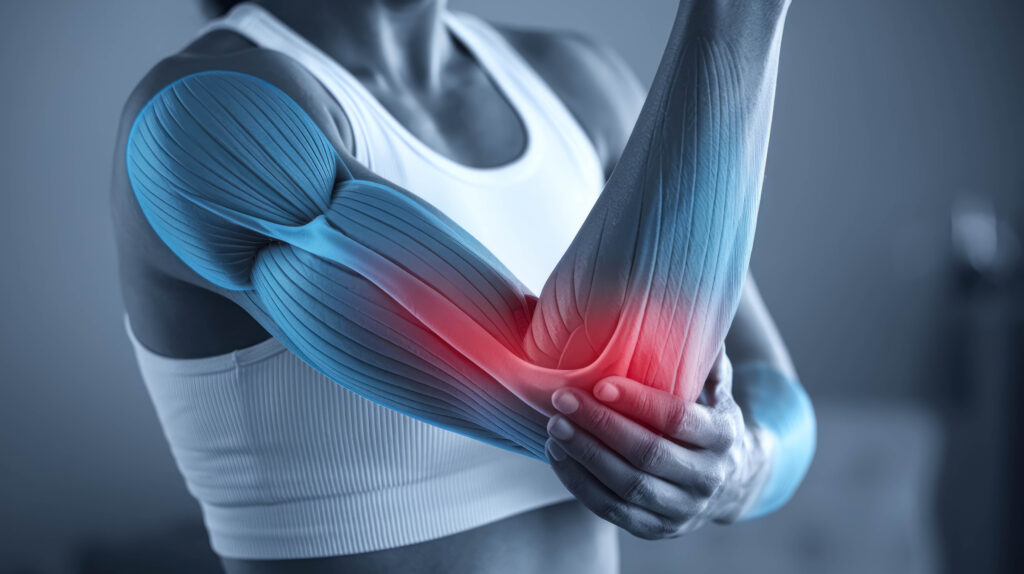
What Is an Elbow Ligament Injury?
Elbow ligament injuries involve partial or complete tears in the stabilizing ligaments of the elbow—most commonly the ulnar collateral ligament (UCL) or radial collateral ligament (RCL). These injuries are often caused by:
- Overuse during repetitive throwing motions
- Trauma from falls or direct impact
- Sudden twisting of the elbow
Common Symptoms
- Pain in the inner or outer elbow
- Weak grip strength
- Instability in the elbow joint
- Difficulty in throwing or lifting
If you’re experiencing any of these, you may need professional elbow ligament injury treatment.
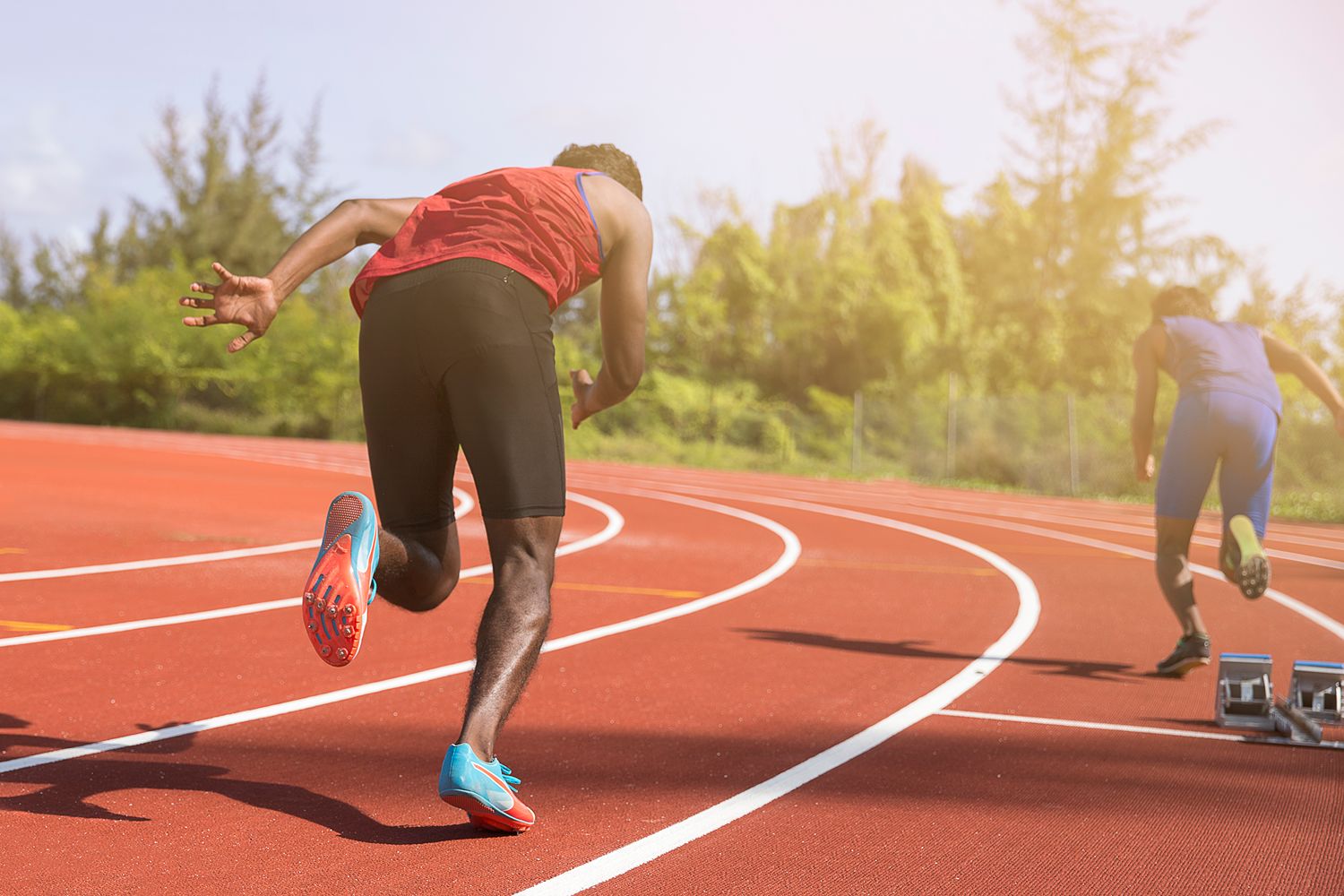
Notice the Signs Before It’s Serious
Elbow ligament injuries often result from overuse, repetitive strain, or trauma, especially in athletes, making early diagnosis key for effective treatment.
Repetitive Throwing Motions
This repetitive action stretches the ulnar collateral ligament (UCL) and can lead to sprains or tears over time.
Sudden Force or Trauma
A fall on an outstretched arm or a direct blow to the elbow can overstretch or tear the ligaments.
Improper Technique During Training
Using incorrect form while lifting weights or throwing can create uneven pressure on the elbow joint.
Joint Instability or Previous Injuries
Individuals with a history of elbow injuries or joint hypermobility are at higher risk of ligament damage.
UCL Reconstruction (Tommy John Surgery)
UCL Reconstruction, commonly known as Tommy John Surgery, is a specialized elbow ligament sprain treatment designed for athletes who suffer from a torn ulnar collateral ligament (UCL). This injury is most common in throwing sports such as cricket, baseball, javelin, and tennis.
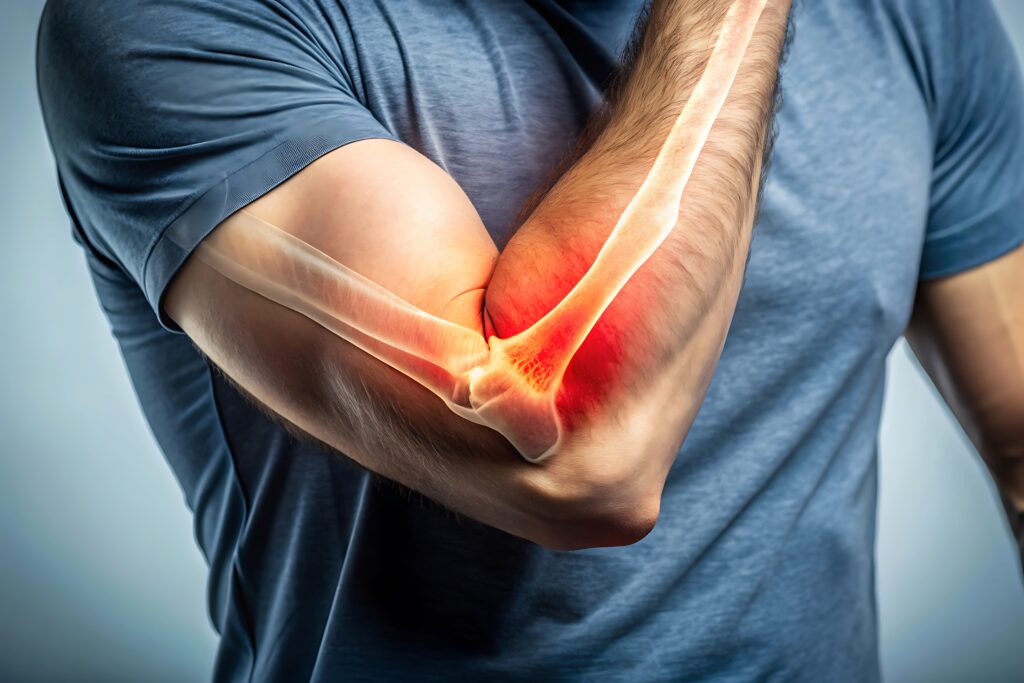
What is UCL Reconstruction?
- UCL (Ulnar Collateral Ligament) is a key stabilizing ligament on the inner side of the elbow.
- When this ligament is stretched, sprained, or torn due to repetitive stress, it results in pain, weakness, and instability.
- UCL Reconstruction involves replacing the damaged ligament with a healthy tendon graft to restore elbow strength and function.
- It is considered the most reliable elbow ligament sprain treatment when non-surgical methods fail.
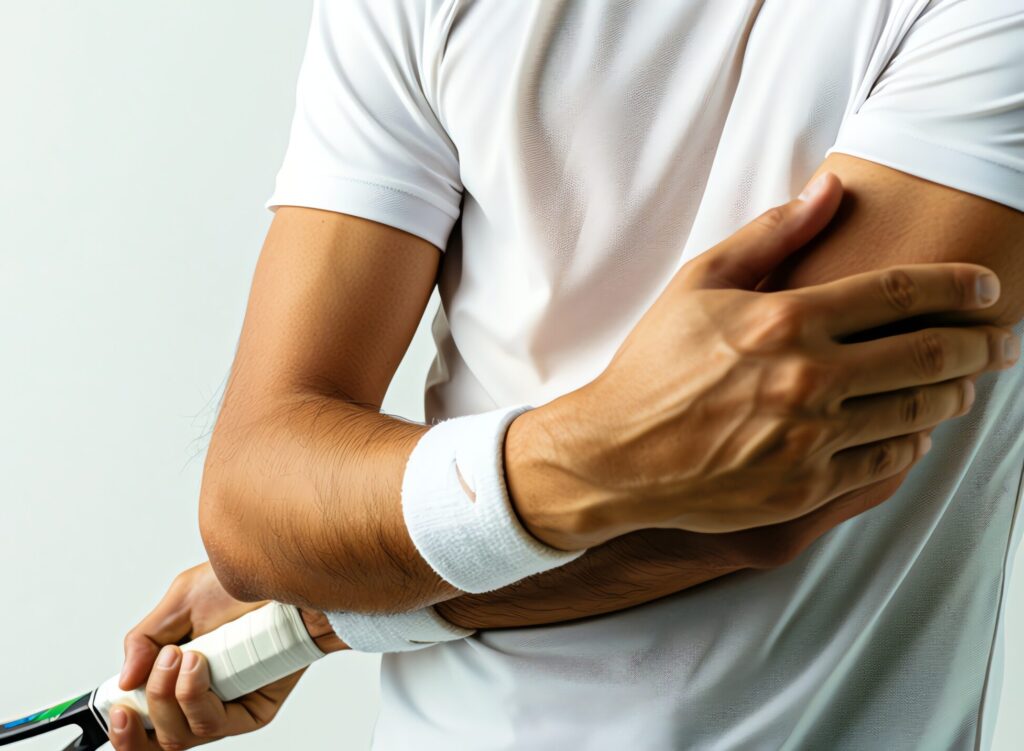
Who Needs Tommy John Surgery?
- Athletes involved in high-velocity, repetitive throwing motions.
- Common in: Cricketers (especially bowlers) Baseball pitchers, Javelin throwers, Tennis players
- These individuals often develop UCL damage due to ongoing strain, making elbow ligament sprain treatment through reconstruction essential.
How is the Surgery Performed?
- A tendon graft is harvested from another part of the patient’s body—usually the forearm, hamstring, or foot.
- This graft is carefully positioned to act as a new ligament, restoring the structural integrity of the elbow.
- The procedure is minimally invasive and performed under expert supervision at Amicare’s sports injury surgical unit.
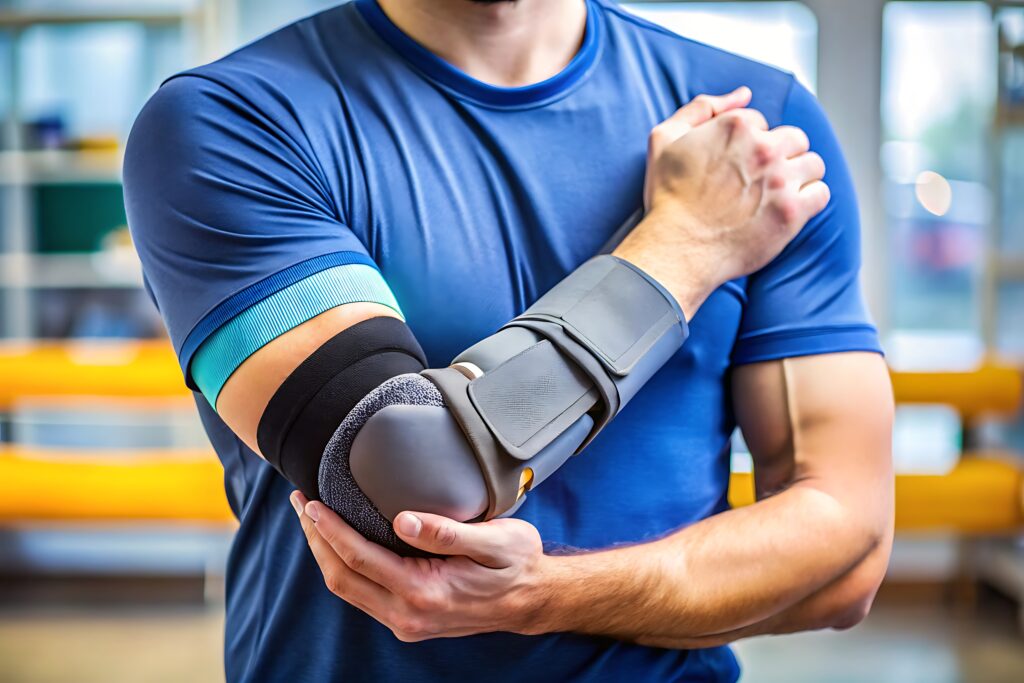
Why Choose UCL Reconstruction?
- It provides long-term relief and stability, especially when conservative elbow ligament sprain treatment options like rest, physiotherapy, or injections haven’t worked.
- The procedure is tailored to: Restore full range of motion, Rebuild joint strength, Enable a full return to competitive sport
Post-Surgical Recovery Timeline
- Rehabilitation typically lasts 6 to 12 months, depending on the sport and severity of injury.
- A structured physiotherapy program is critical to regain motion, prevent stiffness, and rebuild throwing mechanics.
- This is a vital part of comprehensive elbow ligament sprain treatment, ensuring long-term success and performance restoration.
RCL Reconstruction
What is RCL?
RCL (Radial Collateral Ligament) is a ligament on the outer side of the elbow that helps maintain joint stability and movement.
Who needs RCL surgery?
- Athletes or individuals with severe ligament tears due to sports injuries or accidents.
- People experiencing chronic elbow instability that doesn’t improve with non-surgical treatment.
How is the surgery performed?
- The damaged ligament is repaired or reconstructed using graft tissue (from the patient or donor).
- The surgeon reattaches the ligament to the bone using small anchors or sutures.
- The procedure is typically done under regional or general anesthesia, followed by a structured rehabilitation program.
Why Choose Amicare for Sports Injury Treatment
At Amicare, we are dedicated to helping athletes and active individuals recover from injuries and return to peak performance. Here’s what makes us the preferred choice.
Frequently Asked Question
The healing time for an elbow ligament injury depends on the severity of the tear. Mild sprains may recover within 6–8 weeks with rest and rehabilitation, while moderate to severe injuries can take 3–6 months to heal. In cases requiring UCL (ulnar collateral ligament) surgery, full recovery—especially for athletes—may take 6–12 months before returning to competitive sports. Early diagnosis, proper treatment, and physiotherapy play a vital role in speeding up recovery.
Treatment for elbow ligament damage varies depending on the extent of the injury. Minor sprains can be treated with rest, ice therapy, compression, and elevation (RICE) along with physical therapy to restore strength and flexibility. Severe ligament tears, especially in athletes, often require UCL reconstruction surgery to restore stability and function. At Amicare, we specialize in surgical repair and rehabilitation, ensuring patients return to peak performance.
Mild elbow ligament sprains may be managed at home initially using the RICE method, over-the-counter pain relievers, and temporary activity modification. However, a complete ligament tear cannot fully heal without medical intervention and, in most cases, requires professional treatment or surgery. Ignoring a severe injury can lead to chronic pain, instability, and reduced range of motion. If you suspect a tear, consult an orthopedic specialist immediately.
Signs of an elbow ligament tear include sudden pain on the inner side of the elbow, swelling, bruising, reduced strength, difficulty throwing or lifting, and a feeling of looseness or instability in the joint. In severe cases, you may hear or feel a “pop” at the time of injury. An orthopedic examination, along with imaging tests like MRI or ultrasound, is the most accurate way to confirm a tear.
